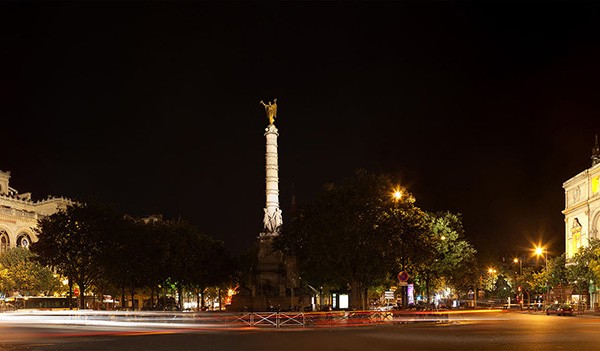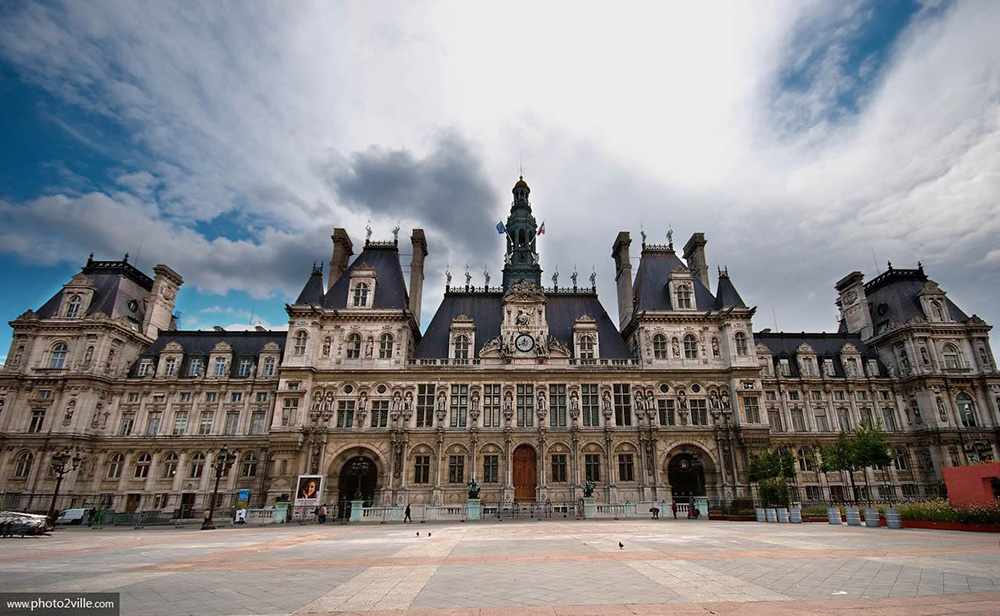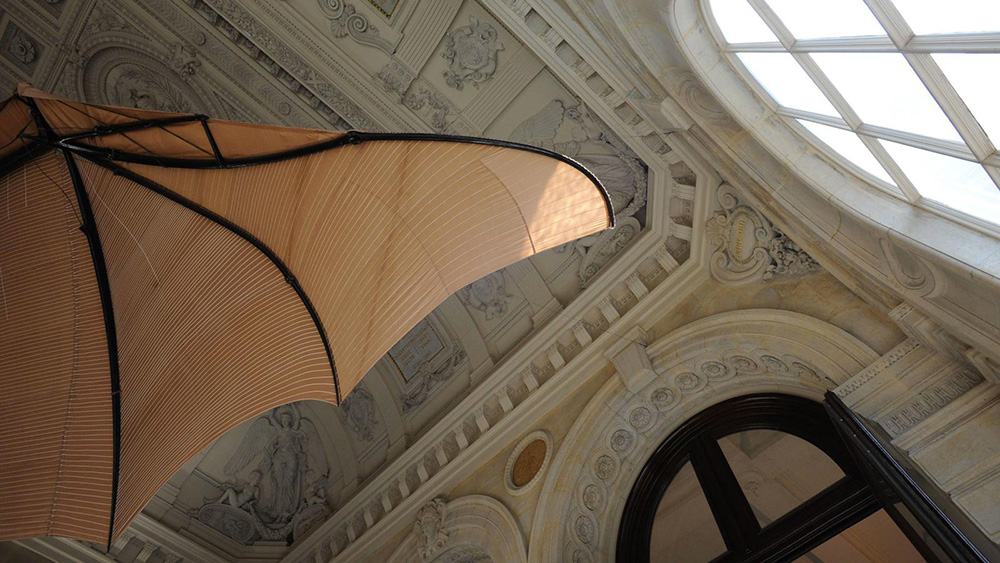At the end of the 19th Century, Charles the Hairless judged that it would be prudent to reinforce the defences of the wooden bridges that served the Ile de la Cité. He ordered the construction of two small castles (châtelets) on each river bank for protection. The Grand Châtelet protected the Pont au Change, on the right river bank. The building of a compound that was fortified by Philippe Auguste in the 12th Century made its function useless. It was installed by the Provost of Paris, which resembled the Police for the rule of law. The building had a prison with a reputation for its halls of torture, such as the Chamber of Hypocrasse, with its reverse funnel that forced the detainee to remain permanently in a curved position. The sinister and dirty areas of the Grand Châtelet did not have the best reputation! The area changed dramatically in 1802, when Napoléon I ordered the development of a new square, along with the ‘Victory Fountain.’ During the Second Empire, Baron Haussman put the architect Gabrielle Daviaud in charge of building two public theatres – face to face in this public area. The Châtelet Theatre became the Temple of Operettas in 1920. The Lyrical Theatre became known as ‘Sarah Bernhardt’ when the performer acquired it in 1898 – it is now the Théâtre de la Ville.
Image source : http://fr.wikipedia.org/wiki/Place_du_Ch%C3%A2telet





